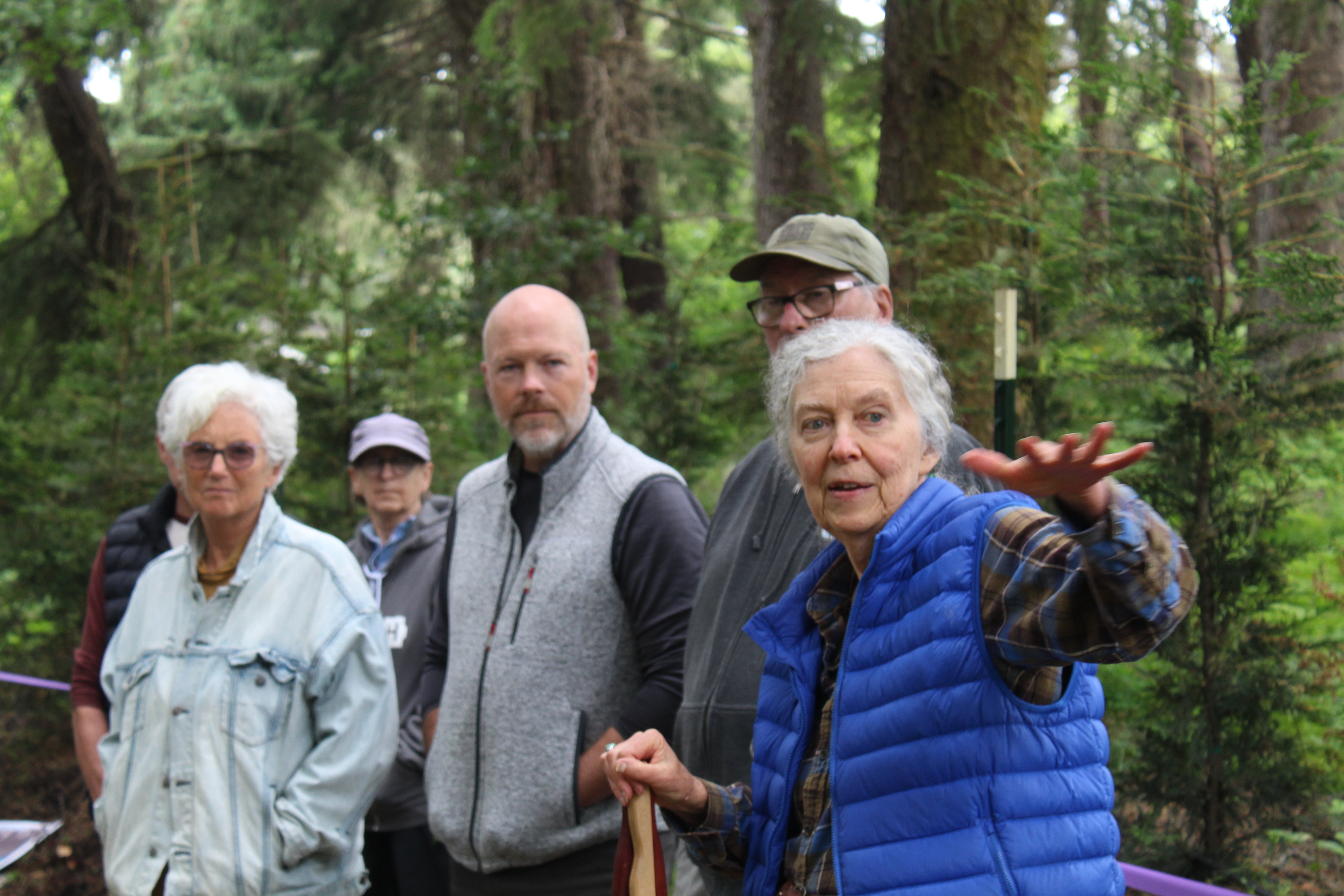Writer’s Notebook: Small, rural towns need carpenter skills
Published 12:30 am Saturday, April 1, 2023

- Steve Forrester
When asked about the origins of Astoria’s rebirth, I mention a factor that I call the “carpenter gene.”
Trending
For a town with building stock as old as ours, it’s essential that we attract people with the aptitude for construction and historic preservation.
I’ve observed this phenomenon over and over in Astoria, and also in Ilwaco, Pendleton and Enterprise.
Nicole Bales’ March 21 article about two Salem investors is the latest iteration in this story. Bales reported that One Ten Holdings has purchased and revived some 20 residences and commercial buildings in Seaside and Astoria. They have a financial motivation, but as Bales reported, they also see value in restoring historic properties.
Trending
One of this group’s current projects is an apartment complex on W. Bond Street. They’ve also done a solar installation on the roof of a Commercial Street property.
The lore of Astoria’s comeback includes restoration of iconic buildings, starting with the Liberty Theatre in the 1990s, followed by the Hotel Elliott, the Coast Medical Building and the Judge Guy Boyington Building, where the Clatsop County Board of Commissioners meets.
Owned by a neglectful absentee owner, the Liberty was a dying building, badly in need of a new roof and upgraded restrooms and operating systems including wiring and heating, ventilating and air conditioning. Two primary goals of the nonprofit Liberty Restoration Inc. were historic preservation and economic development. Rickenbach Construction, with newly acquired restoration skills, did the Liberty, including the McTavish Room, an adaptive reuse of office space designed by Michelle Dieffenbach.
The Elliott, done by Chester Trabucco, was also a case of bringing a building back from the dead. It was the first Astoria visitor accommodation to become a destination hotel. The Cannery Pier Hotel & Spa, built by Robert Jacob, followed. Other reclamations and adaptive reuse projects include the Commodore Hotel and the Bowline Hotel.
Across the Columbia River in Washington state, we have the Chinook School restoration, led by Eileen Wirkkala and her committee. Formerly a decrepit property, the school and its gymnasium is a marvelous, beckoning venue for meetings, performances, weddings and banquets.
Down the road in Ilwaco is the Doupe Building, built in the 19th century. Its champion is Abigail Mack, who brought her carpenter gene, experience and financial resources from Ohio. Matt Winters, publisher of the Chinook Observer, calls Mack “a dynamic young entrepreneurial woman who dives right in and does stuff herself.”
Many Oregonians west of the Cascades hold a cliched image of Eastern Oregon as a place that’s dying. That is not the case. Some 10 years ago, my wife and I met Al Plute, who was a bit of a one-man urban renewal agency in Pendleton. He renewed the Temple Hotel and restored its original name, the St. George. On the same Main Street block, Plute refurbished another property into housing.
Across Main Street is the Rivoli Theater restoration, led by Andrew Picken, husband of my cousin, Kathryn Brown.
In the Wallowa Mountains, the town of Enterprise has become a hotbed of housing renewal. During our three-week stay in Enterprise in 2017, my wife and I met Darrell Brann, owner and renovator of the OK Theater. In addition to the theater, Brann is building out apartment space in the former J.C. Penney building.
Two other Enterprise groups are reviving apartment spaces in neglected downtown buildings.
All of these entrepreneurs across Oregon and in southwest Washington state represent a certain reality. While it is important for cities to value restoration and renewal, someone in the private sector has to put projects together and bring them to completion.









